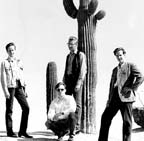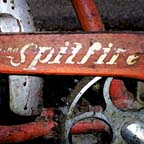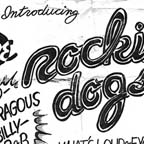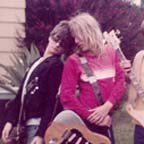(Manual Scan/Lemons Are Yellow vet Paul Kaufman recalls a time when music shopping meant leaving the house.)
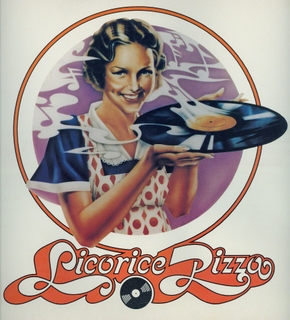 If you’re like me, you spent many hours flipping through records at stores, looking for treasures.
If you’re like me, you spent many hours flipping through records at stores, looking for treasures.
As a small kid, I started out locally, on Garnet Ave. in Pacific Beach. The Wherehouse and Licorice Pizza were a couple of blocks apart, so when I was just learning my history, I could spend hours looking at album covers and picking up magazines at those places.
As a 13-year-old, something commercially available was usually on the top of my list (early Badfinger fixation), and those sorts of places usually fit the bill. For a while, Licorice Pizza had a cut-out bin that had some real finds. They also carried imports, and I have distinct memories of saving up the princely sum of $2.50 each to buy the early Sex Pistols and Clash 45s (with real art sleeves! And no big hole in the middle!). It was a double thrill, because it was the closest thing to international travel I would experience until I was much older.
Read moreRecord stores: Unchained vinyl
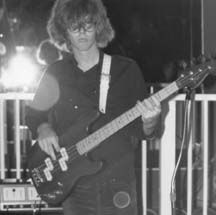 Yet another Wallflowers signature returns from Canada after a 25-year hiatus.
Yet another Wallflowers signature returns from Canada after a 25-year hiatus.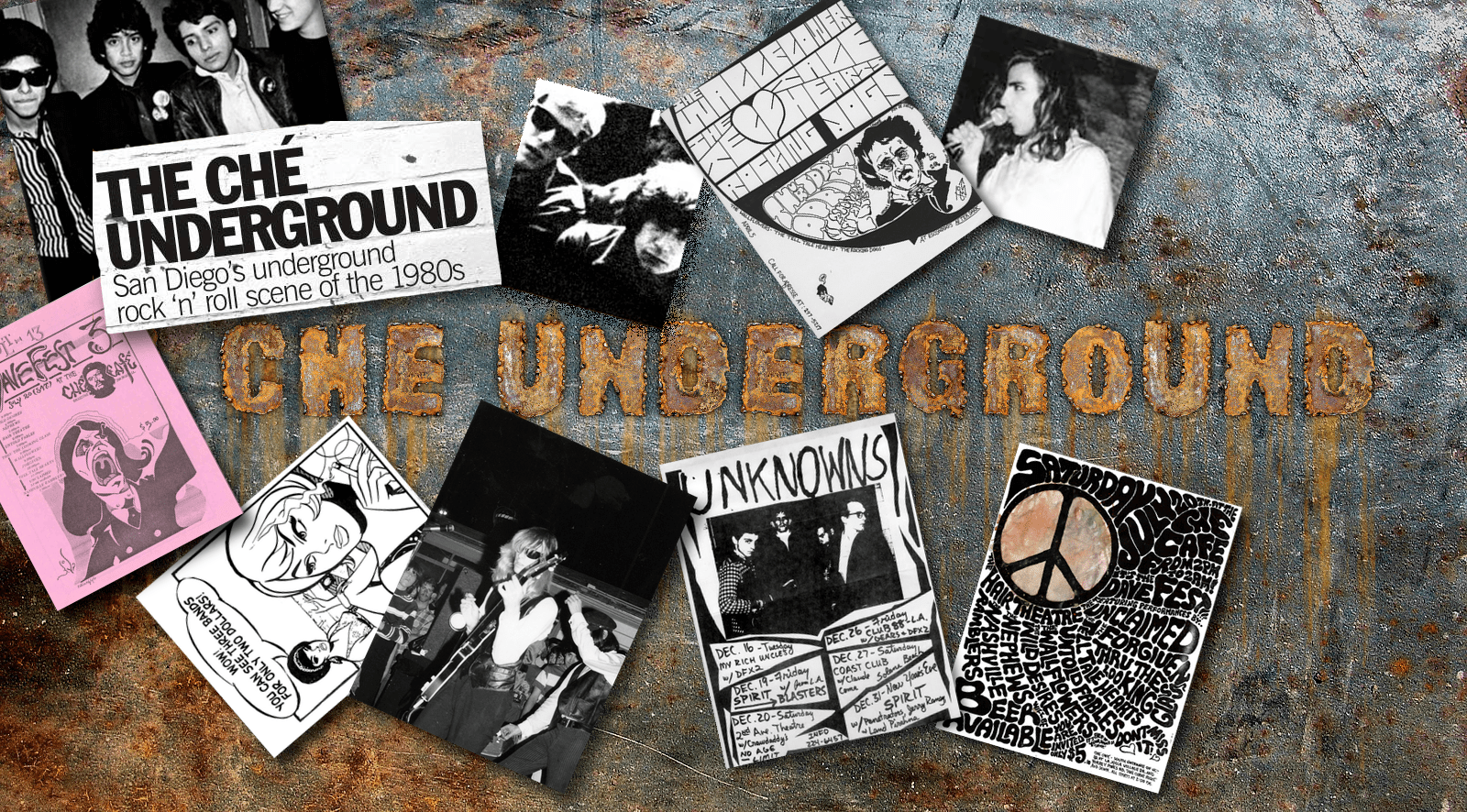
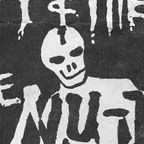
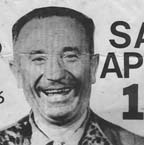
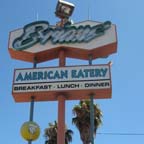
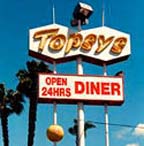
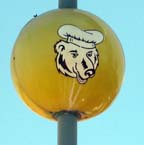
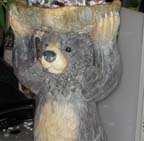
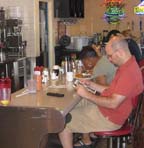
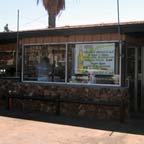
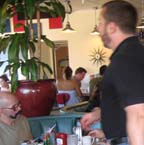
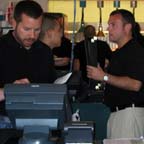
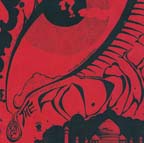

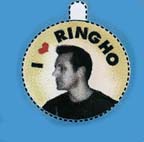
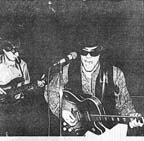 Another pillar of SD punk's plastic arts (along with music,
Another pillar of SD punk's plastic arts (along with music, 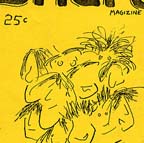 Its reappearance prompted this wonderful response from David Klowden: "Seeing this issue of Q-Sub triggered an intense emotional stew of white hot longing for that place and time, deep black terror at the passage of the years & a kind of fatherly love for my younger self that is beyond description.
Its reappearance prompted this wonderful response from David Klowden: "Seeing this issue of Q-Sub triggered an intense emotional stew of white hot longing for that place and time, deep black terror at the passage of the years & a kind of fatherly love for my younger self that is beyond description.